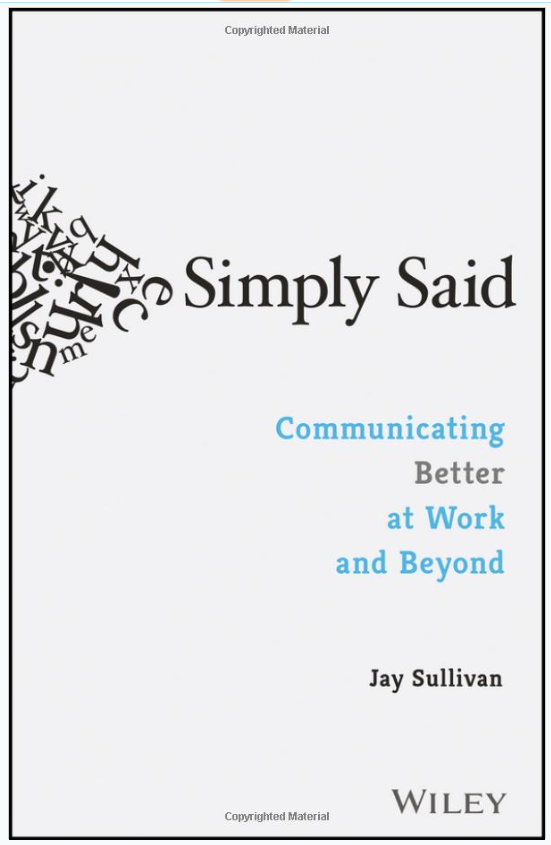Guidelines. They exist to help us know what to do in public, in our relationships, as well as in our business. If you’re a professional home inspector, like me, those guidelines will typically include your standards of practice. They may be directives coming down from your state or local government or may be established by the home inspection organization that you’re a member of, like ASHI or NACHI. Either way, these guidelines serve as our guiding principles, telling us what it is we’re supposed to do in order to provide a product for our clients that meet some mandated minimum.

In Louisiana, licensed inspectors are governed by the Louisiana State Board of Home Inspectors Standards of Practice and Code of Ethics. These rules dictate the minimum items that must be inspected and reported on by a licensee performing a home inspection. My guess is that most inspectors have read them over once, but probably don’t spend a lot of their spare time perusing these guidelines, savoring them like they would a great novel or interesting article. The inspectors know they’re there, they know (in general) what they say, and they know that they’re updated every 5 to 10 years, so, they believe, someone’s keep up with the changes in the industry.
Unfortunately, the standards most of us abide by are not the most interesting thing you’ll ever read. They’re not too easy for an experienced inspector to follow, and even more difficult for a new home buyer to understand. There’s not much detail involved, as they’re more like a summary of what’s happening than a full-blown description.
But, in an effort to help people understand difficult concepts in our hustle and hurried world, things are often distilled down to their basics. “Dumbing it down,” it’s often called. Now, I’m not suggesting that home inspectors or our buyers are dumb, it’s just that everyone is rushed. Just like our inspection reports, where the summary is the only thing that most people read, there’s a premium on getting our point across in as few words as possible.
We all want to do a good job, but we’re often placed in a difficult position in the inspection industry. We’ve got to figure out how to make our point without crossing over into the territory where our intended audience starts to tune us out.
It all boils down to one thing: we’ve got to do a better job of presenting information.
In every area of our lives, and not just in our business, we try our hardest to take difficult, multi-faceted issues and boil them down to one-liners. But life rarely presents us with a binary choice. It’s rare that things are just black and white; there’s always numerous shades of gray in between. And, usually, that’s where the answer can be found.
Take a roof inspection, for example. It’s a rare occurrence that we’re looking at either a brand new, perfectly installed roof or one that’s clearly shot. Most of our roof inspections fall somewhere between these two extremes. It then falls on us to figure out how to best describe the situation. And it’s here that uncertainty enters the conversation.
I know what to say when the roof’s brand new, or when it’s so bad that it needs to be brand new. It’s when I’m stuck in that middle ground, that gray area, when I start having problems.
The truth is that uncertainty is frustrating. Being in the gray area stresses us out. We all like it better when there’s no ambiguity when choosing between A & B. No middle ground, just pick right or left. Up or down. Yes or no. Don’t confuse me with all those what-ifs; just give me two choices.
But our inspection job, like life in general, is anything but cut and dry. Almost every situation we encounter is going to involve some degree of uncertainty. As an inspector, we’re operating with a limited amount of information. We know what it looks like at the day and time that we’re on the property. We usually don’t know the backstory: we don’t know when it was installed, who installed it, whether it was done correctly at that time, whether it’s had regular maintenance or has previously broken down, and whether someone else has attempted to repair it. All we know is what we can see right now.
So, we’ve got to decide what we’re going to report based on incomplete information. We’ve got to say something, so we do the best with what we have to work with. We report what we see based on our education and experience. We give them our opinion of the situation. We put our uncertainty into words, right in their inspection report.
It’s our job to examine the imprecise information available and make a decision that we feel is in the best interest of our client. We try to do a good job, knowing full well that there’s two extremes that we’d like to avoid: calling out something as a major problem when it isn’t and not calling out something that turns out to be a major problem. It’s these two situations that cause the most grief for home inspectors.
Since we’re operating with limited information, we’ve got to calibrate our decisions to accommodate this uncertainty. Obviously, if we’re going to make an error here, we’d rather report something that turns out to be benign than to not call out a major issue. It’s certainly in our client’s (and our own) best interest to have a roofer tell them that their home inspector has underestimated the remaining life of their roof than to have them facing a $20,000 roof replacement that we didn’t notate in our report.
To be a successful home inspector, we’ve got to be able to make our clients understand that we’re not magicians and that we can’t predict the future. We’ve got to make them realize that we’re giving our opinion of the current situation, knowing full well that some gray area exists. We’re also responsible for educating them, acknowledging that while we may have a certain opinion of their roof, another professional consulting on the situation may have an entirely different opinion, possibly even contradicting the one that we’ve provided.
We’ve also got to remember that there are different audiences who are going to be reading our report, each with different levels of experience, different points of view, and (quite often) competing objectives.
And we’ve got to be able to do all this in just one inspection report.
What’s a professional inspector to do? How can we possibly hedge our bets to accommodate all the uncertainty involved in this process?
The reality is that we can’t. There’s nothing we could possibly do to shield us from every potential pitfall. Our inspection report would read like an attorney’s brief, and even then, we wouldn’t be able to cover absolutely every possible scenario.
So, what can we do?
The best thing we can do is to write the truth. Write what we see while we’re doing the inspection. Explain it as best we can, giving our clients as much information as we have available. Make sure that they understand our position, the extent of our limitations, and the uncertainty built into the process. Calibrate our inspection reports to provide as much protection to our clients as possible, taking a more cautious approach on those items where we’re much less certain of our findings.
In our previous roofing example, we should describe the visible condition of the roof, backing up our verbiage with pictures of the observed deficiencies. We should recommend further evaluation (prior to the end of the client’s inspection period) by a qualified and licensed roofing contractor and advise that they follow their contractor’s recommendations, repairing or replacing the roof as needed.
I follow up my written recommendations with a verbal discussion of the situation, explaining to them how inspection negotiations usually play out, with their contractor recommending repairs or replacement and the seller’s contractor advising that the roof still has plenty of life remaining. I let them know that I’m looking out for their best interests and take a very conservative approach when it comes to the items I inspect. I explain that I would rather be seen as overstating things, like telling them to get the roof checked by a professional because I’m concerned about its condition, than not call something out that ends up costing them lots of money once they move in.
I make it clear that my job is to protect them and their interests, not to worry about some contractor or seller’s agent hurting my feelings. If it turns out that the roof is fine and I’m berated as exaggerating the situation, I’m OK with that because I’ve done my job: making sure that my clients are protected.

It can be tough to figure out the right language to use in our job, guiding our clients in the right direction while at the same time protecting ourselves against those who would seek to discredit us and our professionalism. It’s a fine line to walk, and we can’t do it by simply dumbing down our reports.
At the end of the day, all we can do is let them know what it is that we’ve found and what we think they should do about it. After that, it’s up to our clients to make an informed decision.
We’re just there to help by providing some guidelines.
Would you like to get an email every Friday where we share the newest things we’ve discovered about home inspections? CLICK HERE to sign up.
Want to be an Influencer in Your Field? Share This Post!
Thanks, Joe


